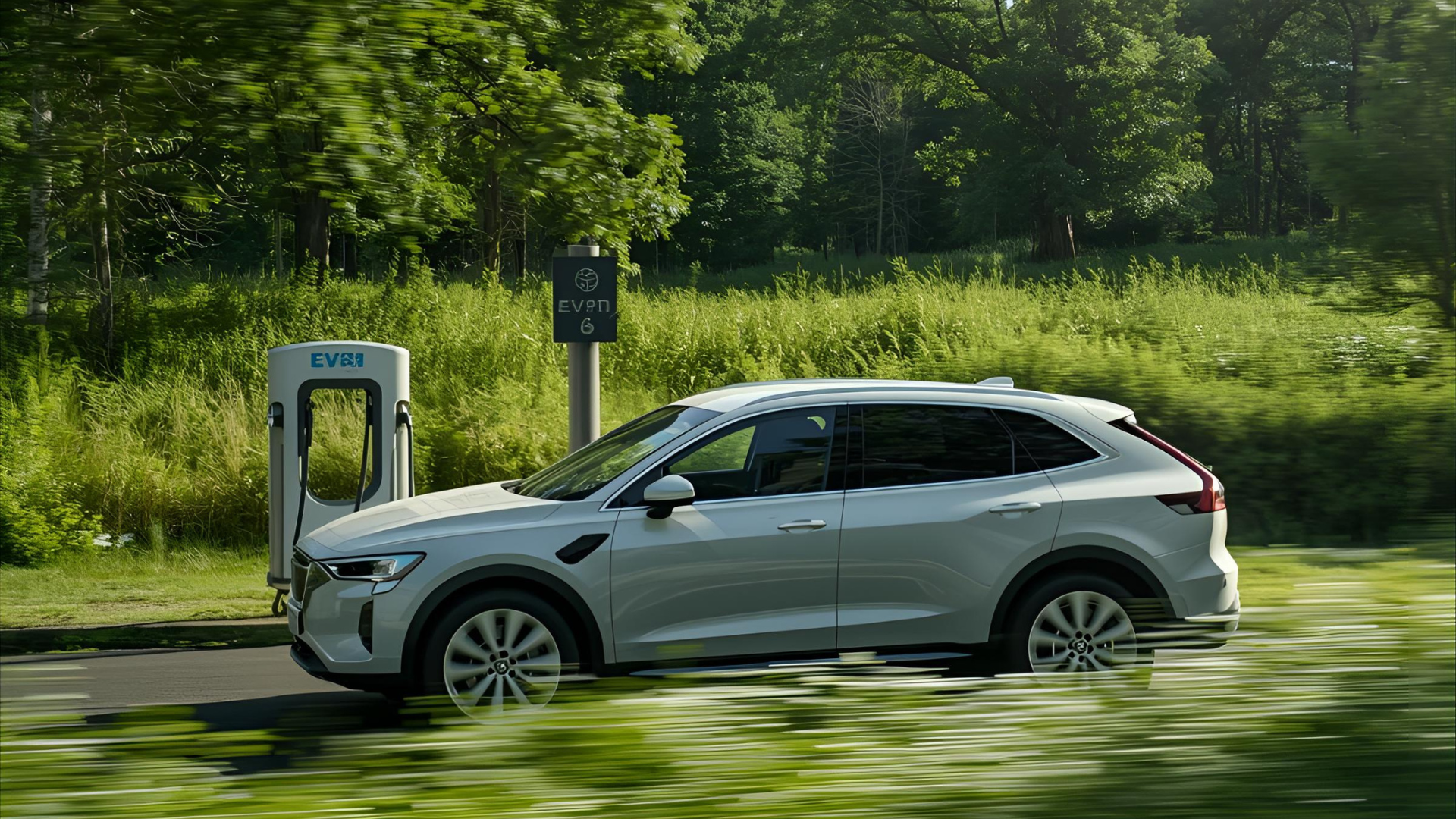How Policy & Subsidies Will Shape EV Loans in India

India’s electric mobility ambitions are inseparable from its policy framework. While consumer interest is rising and OEMs are pushing new models, EV adoption will stall without financing that makes ownership affordable. Today, only around 60 percent of EVs are financed compared to nearly 80 percent of conventional vehicles. The gap reflects high upfront costs, uncertain resale values, and lender hesitation.
Policy interventions through subsidies, tax breaks, and regulatory nudges are reshaping this landscape. They lower entry costs for buyers, reduce lending risk for banks, and accelerate credit penetration. Between 2025 and 2030, these interventions will determine how smoothly EV financing transitions from subsidy-led to market-driven.
National Schemes: Redefining Loan Economics
The FAME-II scheme has been central to India’s EV strategy. By offering demand-linked incentives tied to battery capacity, it lowers the principal amount that consumers need to borrow. A two-wheeler that costs ₹1.2 lakh before subsidy may fall below ₹90,000 after subsidy, reducing EMIs significantly. For lenders, this creates a safer loan structure with lower default probability.
Tax policies have added another layer of support. EVs attract only 5 percent GST, compared to 28 percent on petrol and diesel vehicles. Buyers can also claim income-tax deductions of up to ₹1.5 lakh on interest paid for EV loans under Section 80EEB. These measures make EV loans financially attractive for middle-class households, creating a market pull that lenders can respond to.
Battery manufacturing incentives under the PLI scheme will indirectly benefit the credit ecosystem. By 2027, battery costs could fall by 20–25 percent, narrowing the price gap with ICE vehicles. Lower battery prices also reduce residual value risk, giving lenders confidence to extend longer loan tenures.
State-Level Policies: Localised Impact on Affordability
If national schemes set the baseline, state-level policies shape the actual affordability felt by consumers.
Delhi has become a model with its 2020 EV policy, which provides subsidies of up to ₹30,000 on two-wheelers, removes road tax and registration fees, and offers interest subvention for commercial EV loans. The outcome has been striking: e-rickshaw drivers now pay EMIs nearly 20 percent lower than they did in 2019, and formal financing penetration has nearly doubled.
Maharashtra took a different approach by focusing on passenger cars. Its policy introduced subsidies up to ₹1 lakh for electric four-wheelers, combined with early-bird bonuses for the first set of buyers. Banks collaborated with OEMs to offer seven- and eight-year loan tenures, bringing EMIs closer to petrol alternatives. This triggered adoption among salaried urban buyers who were previously priced out.
Other states such as Gujarat and Telangana have targeted last-mile logistics, offering higher incentives on three-wheelers and commercial fleets. Cooperative banks and NBFCs in these states have been more willing to finance EVs, knowing the state guarantees provide a cushion.
Indirect Policy Drivers: Strengthening the Financial Ecosystem
Not all interventions directly reduce sticker prices. Some reshape the environment in which loans are disbursed.
The vehicle scrappage policy improves trade-in value for older ICE vehicles. Higher resale potential allows lenders to recover more in case of repossession, lowering risk.
Financial innovation is also being nudged by regulators. The RBI has encouraged banks to issue green bonds, lowering the cost of capital for EV loans. Some NBFCs have begun securitising EV portfolios into ESG-linked funds, which has allowed them to pass on lower interest rates to end customers.
Emerging carbon credit markets add another dimension. Fleet operators could eventually monetise avoided emissions and channel those revenues into EMI payments, making loans cheaper over their lifecycle.
Policy Tapering: Preparing for a Post-Subsidy Era
While subsidies are powerful, they are not permanent. China’s experience illustrates the risk. After years of generous incentives, subsidies were rolled back in 2020, causing a temporary sales slump. The market recovered only when green loans and leasing models matured.
India is likely to follow a similar path. FAME-II has been extended until 2027, but both central and state governments have indicated that incentives will gradually taper. Delhi already reduced subsidies in 2023, signaling that the long-term expectation is for the market to sustain itself. By 2030, EV adoption will depend more on financing innovation than on policy handouts.
Case Studies: Policy in Action
Delhi’s E-Rickshaw Revolution
Before 2019, most e-rickshaw drivers relied on informal lenders charging high interest. Banks were reluctant because of weak resale markets and unregistered vehicles. Delhi’s EV policy changed the equation by combining subsidies, road tax waivers, and interest subvention. Within four years, formal financing penetration rose from 30 percent to nearly 70 percent. EMIs dropped from around ₹7,000 to ₹5,500 per month, enabling thousands of low-income drivers to shift to formal credit and cleaner vehicles.
Maharashtra’s Passenger Car Push
In Maharashtra, EV cars initially struggled because EMIs were significantly higher than for petrol models. The state policy introduced subsidies up to ₹1 lakh and early-bird incentives. Banks, reassured by stable policy and growing demand, extended longer-tenure loans. As a result, Tata and MG reported record sales in the state, with financing penetration improving sharply. For the first time, mid-income salaried families could view EV ownership as viable, not aspirational.
Global Lessons for India
International experience shows how subsidies should evolve. In China, subsidies were heavy in the early years but phased out after 2020, with green loans and leasing picking up the slack. In Europe, the focus has been on tax rebates and residual value guarantees, which make banks more comfortable lending for EVs. The United States relies on federal tax credits and captive finance arms like Tesla Finance and GM Financial, which combine direct incentives with structured financing.
For India, the lesson is to gradually shift from cash-based subsidies to structural enablers such as tax incentives, leasing guarantees, and standardized residual value benchmarks. These mechanisms reduce dependency on government grants while giving lenders the tools to expand EV loan portfolios confidently.
Strategic Implications for OEMs and Lenders
OEMs and lenders cannot treat subsidies as permanent cushions. The next three to five years must be used to build robust financing models that can thrive once subsidies taper. This means embedding finance into sales journeys, collaborating with state governments to design localized products, and experimenting with residual value guarantees or battery buyback schemes. Aligning EV loans with global ESG capital flows will also be critical in lowering the cost of credit.
Conclusion: From Catalyst to Enabler
Policy has been the most important catalyst in India’s EV journey, and it will continue to shape financing models through 2030. But the nature of support will evolve. Subsidies that directly reduce upfront prices will give way to structural interventions that make lending safer and cheaper.
For OEMs and CXOs, the message is clear: use today’s subsidy window to rapidly expand financing penetration, but prepare for a future where credit innovation, not incentives, sustains adoption. EV finance strategies built with this transition in mind will not only survive the tapering of subsidies but thrive in a mature, market-driven ecosystem.
FAQs
1.Should EV loans be financed upstream?
Greater financing availability can reduce EV ownership costs, improving affordability and viability. However, EV loans lack reporting data on disbursals, outstanding advances, and NPAs.
2.Will Banks enter the EV finance industry in the near future?
HDFC plans to enter EV financing, while Yes Bank and Axis Bank are partnering with automakers to offer affordable EMIs. Banks are also targeting long-standing credit customers with increased credit supply to boost EV loan uptake.
3.How big is the EV financing market in India?
India’s EV financing market could reach ₹40,000 crore (USD 5B) by 2025 and ₹3.7 lakh crore (USD 50B) by 2030, but retail EV finance adoption remains slow.








